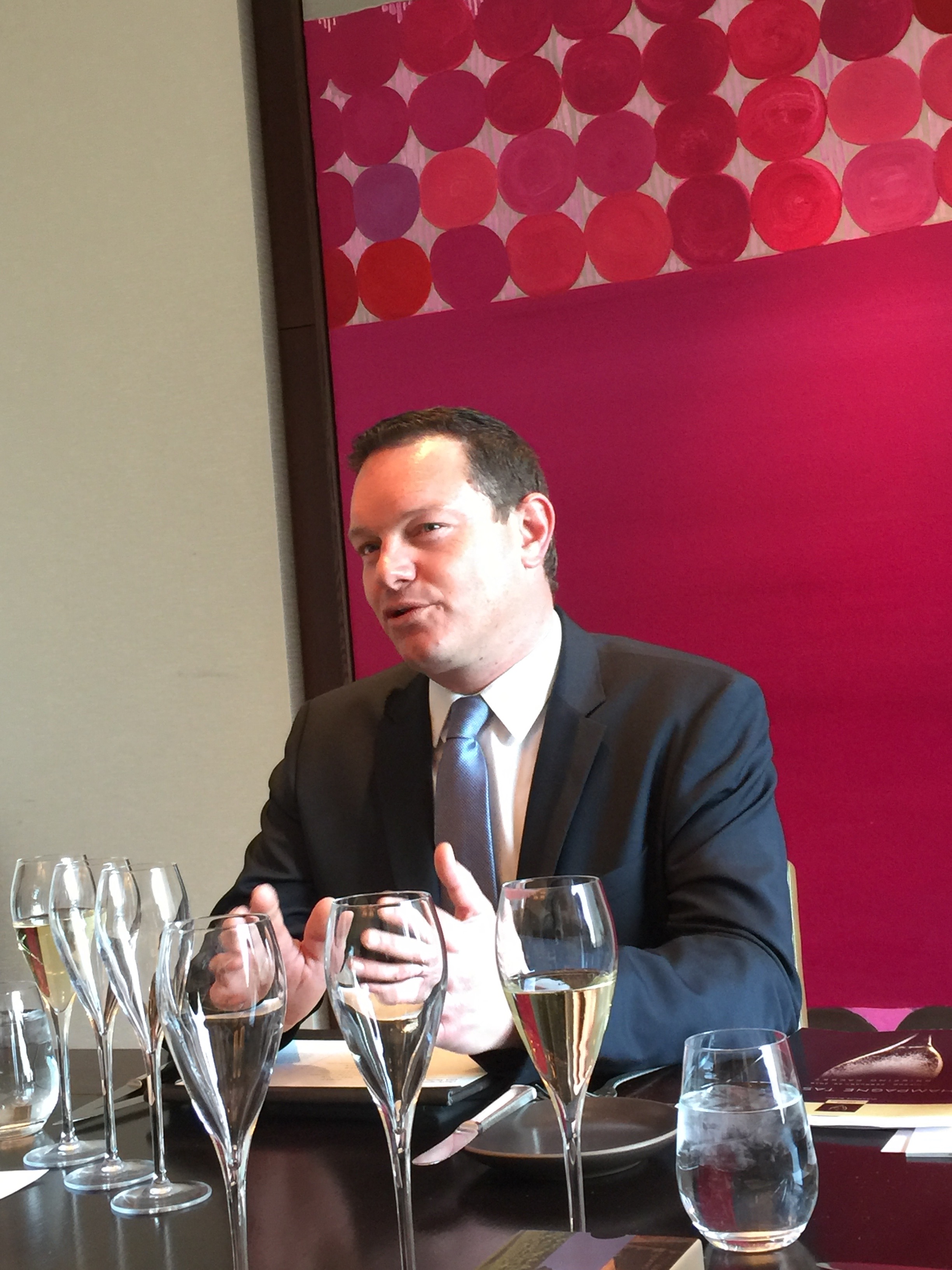Pol Roger prefers to release its rosé champagnes only in vintage years.
Maturation:
Produced in limited quantities the Rosé Vintage 2008 has been aged for 6.5 years in cellars before being disgorged and released onto the market.
Grape Varieties:
The Brut Rose Vintage is produced from a blend of 50% Pinot Noir and 35% Chardonnay drawn from some 20 Premier and Grand Crus on the Montagne de Reims and the Côte des Blancs.
In order to obtain its delicate colour and subtle nose 15% Pinot Noir, from selected vineyards in Bouzy, Ambonnay and Cumieres, is vinified “en rouge” and added to the blend prior to the second fermentation.
Dosage – 10.5g/l
Winemaker’s Tasting Notes:
An intense pink peppercorn colour with a fine stream of persistent bubbles. The nose has aromas of red fruits and summer berries. On the palate the first impression is freshness with notes of fragrant wild strawberry, this develops into creamy ripeness with a hint of vanilla.
- Allow the wine to blossom in your glass, and you can witness a further layer of citrus aromas with notes of grapefruit.
- This Rosé Champagne has a great personality.
Food Pairings:
Brut Rosé 2008 an ideal choice to accompany fish such as grilled salmon and sushi. It also marries with fruit tarts and other fruit desserts – try pairing with a forced Rhubarb fool, the sharpness of the fruit complementing the elegant structure of the wine.

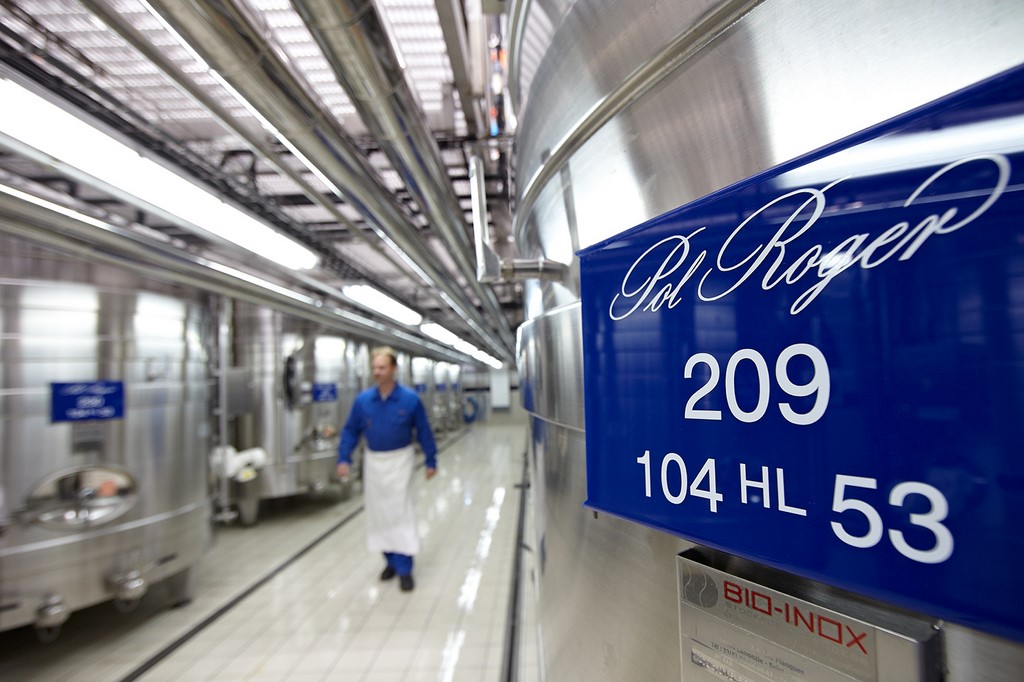
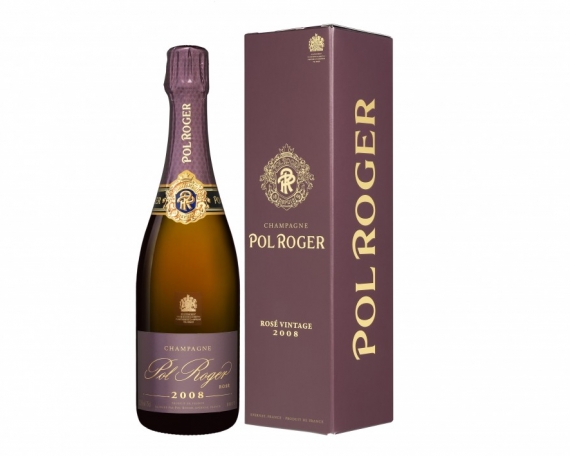
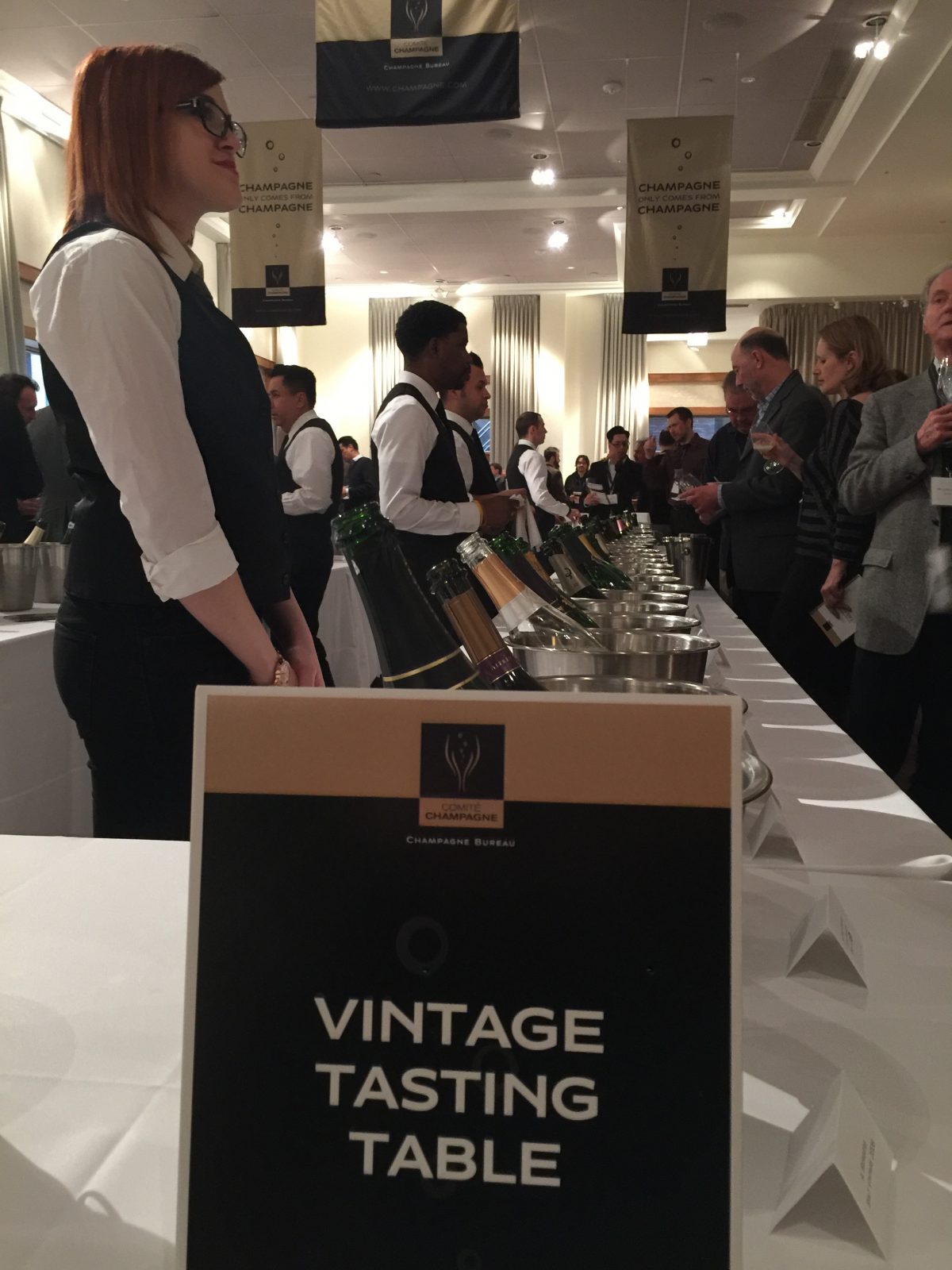
 The Champagne region’s annual official tasting in the United States was held at the The Ivy Room, Chicago on February 29, 2016. US Trade and media attendees had the opportunity to taste more than 100 champagnes from 35 growers and houses.
The Champagne region’s annual official tasting in the United States was held at the The Ivy Room, Chicago on February 29, 2016. US Trade and media attendees had the opportunity to taste more than 100 champagnes from 35 growers and houses.![Champagne Bureau USA Lunch and Update – NoMI Kitchen, Chicago [Part 2 Media Lunch]](https://www.liz-palmer.com/wp-content/uploads/2016/03/IMG_7483-1200x1600.jpg)
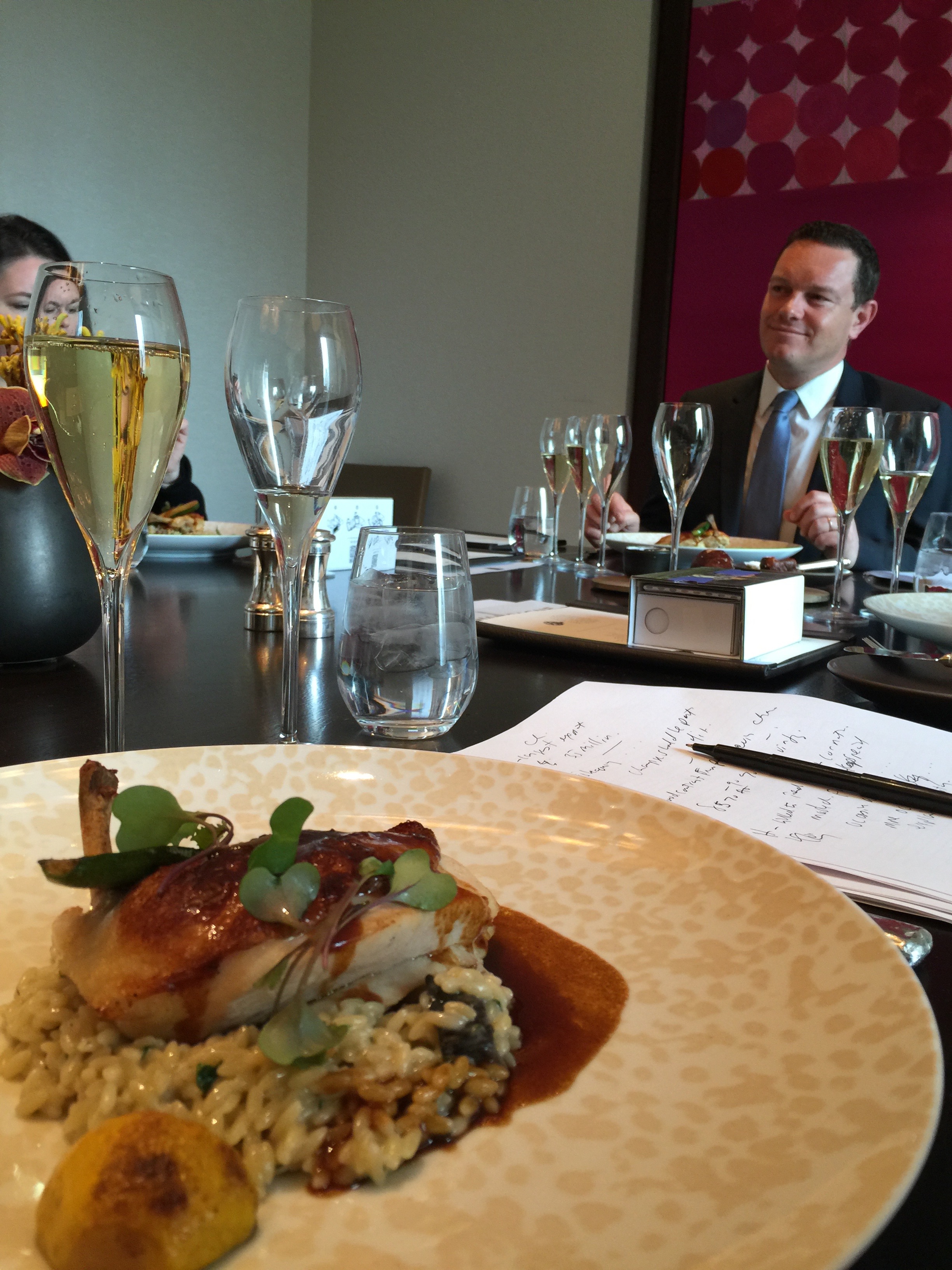 As I mentioned in Part l, I attended one of those lunches that rarely come around — not only was the food and Champagne selection extraordinary, in attendance was Thibaut Le Mailloux, Communications Director for Comité Champagne (the trade association that represents all the grape growers and houses of Champagne, France) and Sam Heitner, the Director of the Champagne Bureau, USA (which is the U.S. representative for the Comité Champagne). At this lunch Thibaut Le Mailloux and Sam Heitner provided US media and myself Champagne Region Updates – see Part 1 [The Update].
As I mentioned in Part l, I attended one of those lunches that rarely come around — not only was the food and Champagne selection extraordinary, in attendance was Thibaut Le Mailloux, Communications Director for Comité Champagne (the trade association that represents all the grape growers and houses of Champagne, France) and Sam Heitner, the Director of the Champagne Bureau, USA (which is the U.S. representative for the Comité Champagne). At this lunch Thibaut Le Mailloux and Sam Heitner provided US media and myself Champagne Region Updates – see Part 1 [The Update].![Champagne Bureau USA Lunch and Update – NoMI Kitchen, Chicago Part 1 [The Update]](https://www.liz-palmer.com/wp-content/uploads/2016/03/IMG_7469-1200x900.jpg)
 On February 29th, 2016 I attended one of those lunches that rarely come around — not only was the food and Champagne selection extraordinary, in attendance was Thibaut Le Mailloux, Communications Director for Comité Champagne (the trade association that represents all the grape growers and houses of Champagne, France) and Sam Heitner, the Director of the Champagne Bureau, USA (which is the U.S. representative for the Comité Champagne).
On February 29th, 2016 I attended one of those lunches that rarely come around — not only was the food and Champagne selection extraordinary, in attendance was Thibaut Le Mailloux, Communications Director for Comité Champagne (the trade association that represents all the grape growers and houses of Champagne, France) and Sam Heitner, the Director of the Champagne Bureau, USA (which is the U.S. representative for the Comité Champagne).